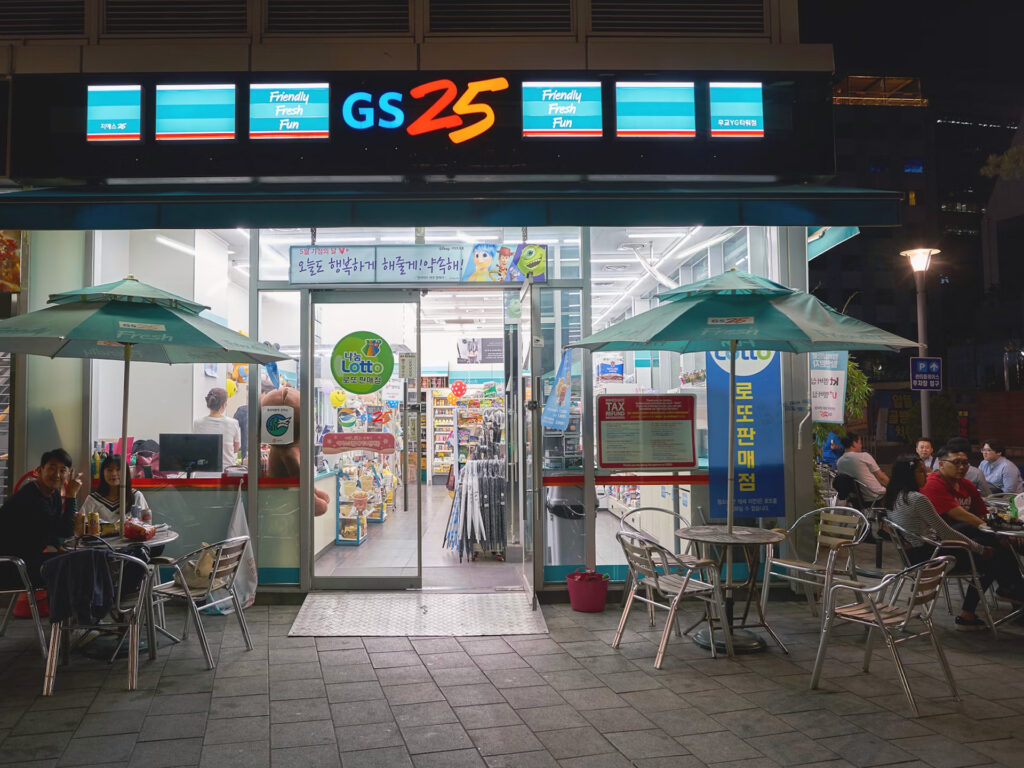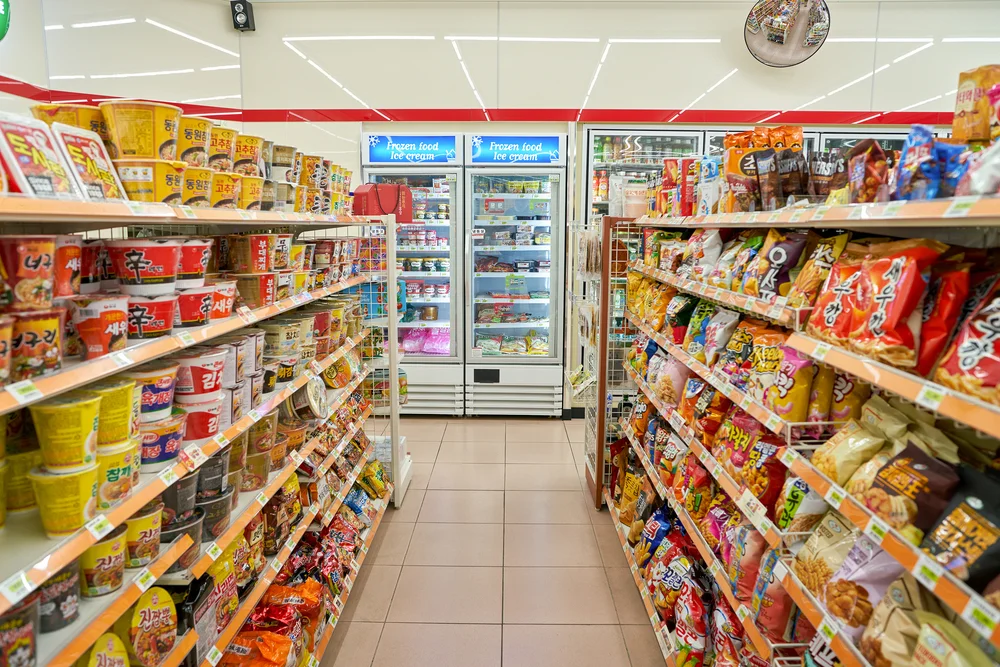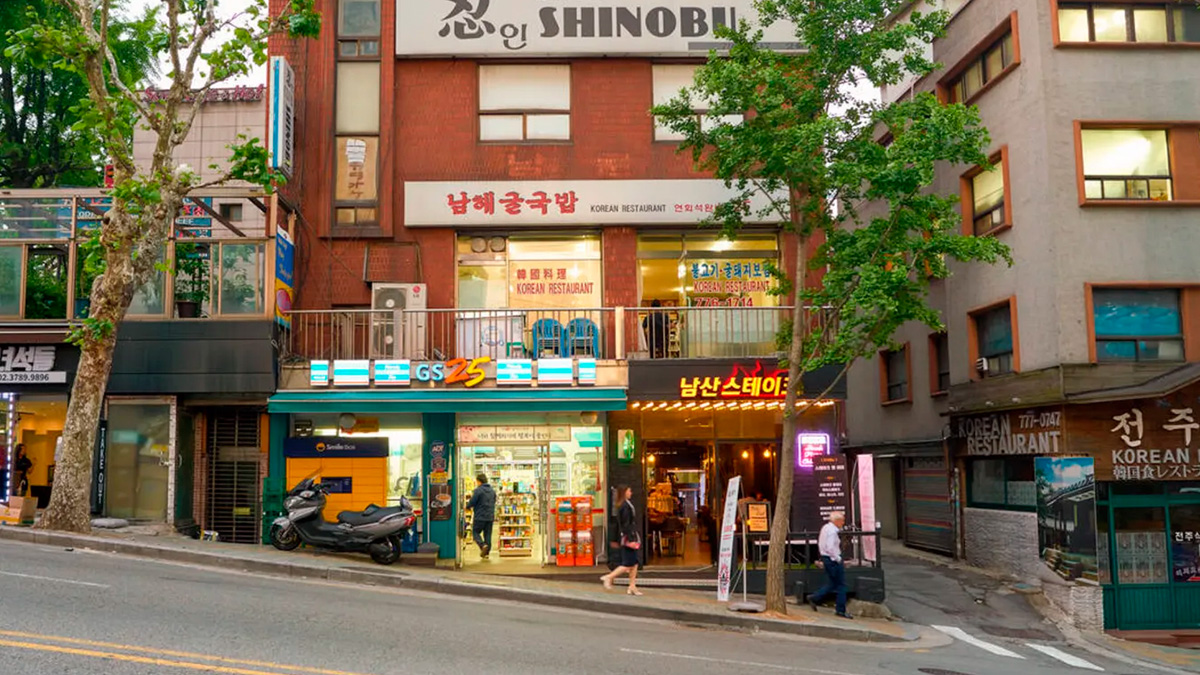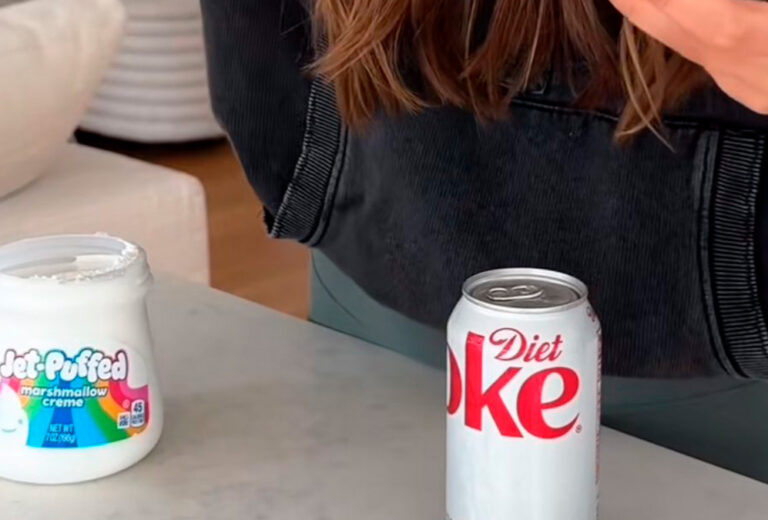Click here to read the Spanish version.
Visiting a ‘konbini‘ has become an essential part of Japanese and South Korean tourism in the current era, especially for the new generations of TikTok fascinated by this type of mini supermarkets, most of them automated, which open their doors 24 hours a day.
Both tourists and locals document all their experiences in the konbinis projecting in turn a macro trend that has been expanding for some time now; framed in viral hastags such as #conveniencestore with billions of visualizations.

Seoul’s convenience stores thus present themselves as experiential gastronomic enclaves inspired by their Japanese counterparts and originals. In them, a whole effervescent and vibrant culture is generated, like havens where people gather, and where to find delicious snacks, ramen, local beers, ice cream or anime or ‘kawaii’ inspired products.
There are some 40,000 convenience stores installed throughout the country, including prominent franchises such as G25, Emart24 or Ministop; although there are also smaller ones set up as neighborhood supermarkets but in a futuristic version.

These trendy 24-hour stores are often automated, whereby the customer simply chooses the products and pays for them at a self-checkout machine.
The innovation implemented in these supermarkets continues to reflect the avant-garde vision of Asian culture with spaces and appliances for cooking, where you can heat the food or cook it on the premises; and eat it at their outdoor or indoor tables where all kinds of generations coexist. Above all, the Z and millennials.
The origins of K-Food and its relationship with K-Food
This type of supermarket was born in the United States, with brands such as 7-Eleven or Lawson, during the first half of the twentieth century, although its influx catalyzed in 1969 in the Japanese market with the first konbini of which proliferated countless versions of its American originals that ended up being much more popular in Japan.
Now, for tourists in general, the visit to the konbini becomes a ritual in which to find an infinity of traditional Asian products such as ramen, kimbap or the iconic triangular-shaped onigiris filled with rice. And finish with some of their delicious Korean or Japanese sweets wrapped in colorful packaging with drawings of Hello Kitty or video games like Super Mario.
This trend, which has carried over to TikTok, with a constellation of users sharing their in-store experiences, is also in sync with the current boom in K-Food or South Korean culture and cuisine, which has eclipsed the epicenter of the cultural zeitgeist.





